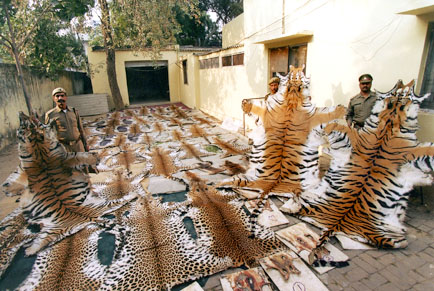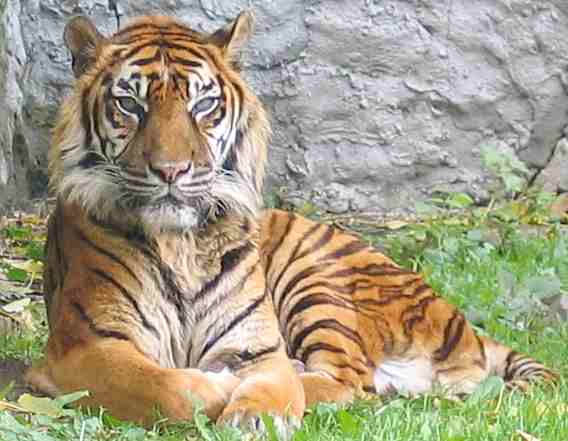 |
| Biosolids after being treated by sewage system plants. |
When the term biosolids comes to mind, automatically one visualizes human waste, all the waste that is flushed down the toilet that enters the sewage system, which is then treated in sewage treatment plants, creating a product known as sewage sludge. Disgusting right? It is definitely something that isn’t appealing to the mind. What about the idea of having biosolids used as a sustainable agricultural fertilizer? Okay, it’s still not appealing... but it sure is a realistic alternative to our current agricultural practices.
 |
| Farmers, fertilizing their fields using chemicals. |
Before we can recognize the validity of biosolids as a great alternative to current agricultural practices, we must clarify the damage that these current methods of agriculture have to our world and to the human population. Currently, a lot of our world’s agriculture is fertilized with chemicals. When the term chemicals come to mind, one can visualize a product that is man-made and unsafe. Chemicals, aside from damaging the ecosystem, can cause leeching, or groundwater pollution. Often times they are highly acidic, thus resulting in high acidic levels in the soil that stunt plant growth and kill microorganisms that help supply nitrogen to plants.
 | ||
| Diagram depicting sewage sludge and its conversion to biosolids that will be transported to agricultural fields. |
Biosolids on the other hand, are mostly organic solids resulting from the treatment of wastewater that have undergone additional treatment to kill pathogens (agents of disease) and that have been approved by the Environmental Protection Agency (EPA) for land application as fertilizer and soil amendment. Aside for its use as fertilizer and soil amendment, there are many other pros for using biosolids, they include:
· Improvement in crop production- It helps improve, replenish and maintain healthy soil by adding important nutrients, boosting soil water-holding capacity and reducing topsoil runoff, all of which serve to increase crop yields.
· Reducing soil erosion and protecting water quality- The organic matter in biosolids assists with binding soil particles. The result is improved soil properties, including texture and water-holding capacity, which enhances root growth and increases the drought resistance of vegetation.
· Providing topsoil for recreational uses- Biosolids compost is commonly used by landscape designers, nurseries and soil blenders for building lawns and turf, mulching plant beds, establishing new vegetation and general gardening.
· Reclaiming striped-mined lands- Biosolids replaces lost topsoil and improves soil fertility and stability, decreasing erosion. Enrich forestland
· Conserving landfill space- According to EPA, recycling biosolids can help to conserve landfill space, freeing up disposal capacity for a community's solid wastes
· Providing economic incentives- In communities where disposal costs have risen because of diminishing landfill capacity, biosolids recycling can lower a community's waste disposal costs.
With every alternative, unfortunately, there are always a few cons. Biosolids have a distinctive smelly odour, which might be strongly disgusting to people. This odour is caused by compounds of plant nutrients sulphur and ammonia. The other, more major concern is pathogens; the spread of diseases can be very common when working with biosolids, which essentially is harmful to humans. Although, some biosolids are treated extensively, to make sure there are no pathogens and others are treated to reduce pathogen levels.
 | |
| Sewage sludge in a landfill not being used as biosolids, harming plants, organism, and the atmosphere. |
In the end, only we can decide whether or not we should use biosolids as an alternative. Everyone is enticed to their own opinion and only they can decide whether or not they think biosolids are right for the future. I definitely think that we are influenced by the western view of human waste as an unsanitary and disgusting nuisance. Biosolids should not be judged based on its content but instead on its performance. In my opinion, biosolids are the way to go; essentially they are good for our soils and are way better then chemicals. As mentioned, assertively there are cons towards this topic but these cons can all be reduced to a point where they do not pose as a danger to humans, animals and ecosystems. Putting the biosolids that we produce to use are better than having them stay in landfills where they pollute our air and take up unnecessary space.
References:
"Biosolids: Fertilizer or Pollution?" Sencer.net. Lynchburg College Virginia 1903. Web. <http://www.sencer.net/Outreach/pdfs/DCSymposium08/Posters/LUbiosolids.pdf>.
"Biosolids Recycling Facts - Ag Tech LLC." Making Biosolids the Smart Alternative - Ag Tech LLC. Web. 05 June 2011. <http://www.agtechllc.net/biosolids-facts.html>.
"Biosolids.com | About Biosolids: Biosolids Benefits." _. Web. 05 June 2011. <http://www.biosolids.com/benefits.html>.
"Chemical Fertilizer – Know The Facts Before You Decide | LawnCare.net." Lawn Care & Yard Maintenance Tips and Advice - LawnCare.net. Web. 05 June 2011. <http://www.lawncare.net/the-411-on-chemical-fertilizer/>.
Mitchell, Charles. "Biosolids Seen as Fertilizer Alternative | Content from Southeast Farm Press." Southeast Farm Press Home Page |. Web. 05 June 2011. <http://southeastfarmpress.com/biosolids-seen-fertilizer-alternative>.
"The Real Dirt on Sewage Sludge - Natural Life Magazine - Green Family Living." Natural Life Magazine - Green Family Living. Web. 05 June 2011. <http://www.naturallifemagazine.com/9712/sludge.htm>.
Photos:
I commented on:
http://caitlincosgrovebioblog.blogspot.com/2011/05/unit-1314-factors-affecting-plant.html?showComment=1307324120979#c704683684062098320
http://melissasbioblog.blogspot.com/2011/05/biosolids-simply-waste-or-agriculture.html?showComment=1307325151397#c6678936539771933296












